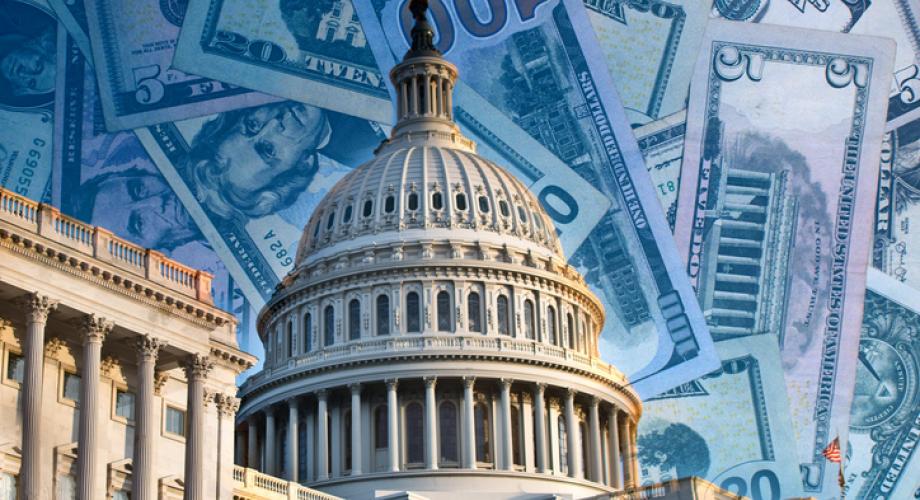Additional funds will help close the growing gap of tens of billions of dollars of rental debt accumulated during the pandemic.
On March 11, President Biden signed into law the newest COVID-19 relief package, the American Rescue Plan Act of 2021 (ARPA). Thanks to the tens of thousands who participated in NAA’s calls to action throughout the pandemic and at NAA’s Virtual Advocate Conference, Congress again addressed the industry’s critical call for additional emergency rental assistance and other federal financial relief solutions to help stabilize residents and ensure the continued viability of the rental housing industry.
First and foremost, ARPA includes $21.55 billion in dedicated emergency rental assistance funding, which continues federal support of state and local rental assistance programs across the country. Combined with the $25 billion in rental assistance funding allocated in the Consolidated Appropriations Act of 2021, these funds are a significant step in closing the growing gap of tens of billions of dollars of outstanding rental debt that have accumulated during the pandemic. Plainly put, the funds are a lifesaver for both renters and housing providers who have been hardest hit.
Additionally, the new law does not extend the federal eviction moratorium that remains in place until March 31, 2021 (note that NAA has ongoing legal challenges to the CDC eviction order, and that two federal judges have ruled the order unconstitutional or unlawful in the past several weeks). NAA continues its federal advocacy work with Congress and the Administration to stress that extensions or expansions of the CDC’s order are not the right policy solution to the nation’s housing challenges. We steadfastly maintain the importance of balanced and sustainable housing policies like streamlined, targeted rental assistance to get the rental housing industry through the crisis and beyond.
Furthermore, ARPA provides additional aid for both individuals and small businesses. The plan allocates a $7.25 billion boost to carry out funding of the Paycheck Protection Program (PPP) and Second Draw PPP, both of which are set to expire on March 31. Unemployment benefits received a six-month extension until September 6, 2021 and individuals receiving unemployment benefits will now receive an additional $300 per week. Individuals that make less than $75,000 and couples that make less than $150,000 per year will also receive one-time payments of $1,400 per eligible individual and dependent. The law also allows for some households to qualify for a reduced stimulus payment.
You can learn more about all the ARPA provisions affecting the industry in NAA’s analysis here.
